In Dada Masilo South Africa has lost a dance icon who was shy but conversed boldly through motion
By Edward Tsumele, CITYLIFE/ARTS Editor
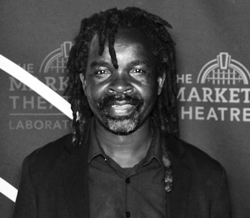
As I was researching this tribute piece scanning photographs of her that are now all over the place, particularly on the digital spaces, I came across one that I felt tells the story best of this dancer. There is no better way of understanding the power house of a contemporary dancer that she was than looking at the visual representation of her aesthetics. After all we are talking about dance here, which is as much about motion as it is about visuality.
There is no way one can watch a dance production, which in most cases, is a silent language, a language of motion, without dialogue, and fail to notice the power of its visual aesthetics. It perhaps for this reason that tribe to rank dancers high up there among performers as the most intelligent, intellectually deep tribe as for example, for you to follow the story they are telling- and they are indeed telling a story on stage, you need to have a deep level of concentration.
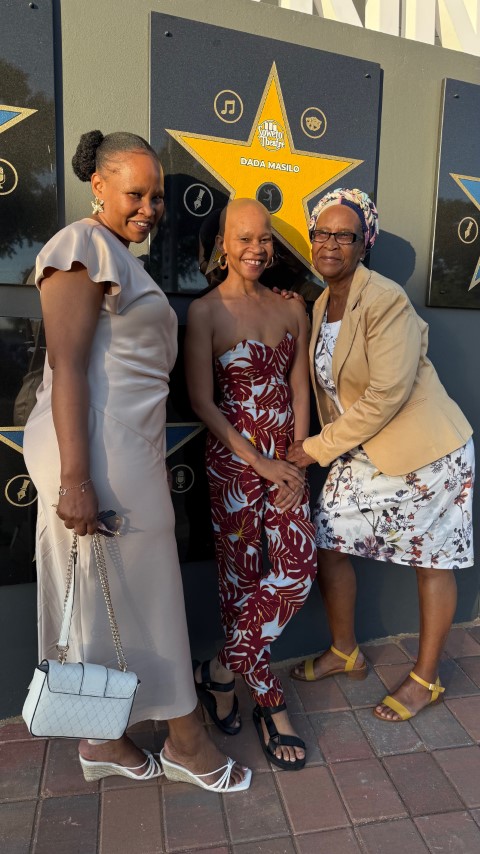
You need to suspend everything else and focus on the dance, and let the movement guide you into the intricacies of the story being told. dada Masilo, who passed on just before embracing whatever 2025 will have for the loving, epitomised a small but significant crop of dancers that defined a generation when it comes to contemporary dance in South Africa.
Kind of in between -and that is to say not short and also not tall, she had the right body through for a dancer. She seemed to slither on air, kind of floating once she was at it on stage.
This picture of her, that portrays her kind of floating on air, calm and in every sense, collected and seeming to be lost in her own world, the world of dance art, says it all.
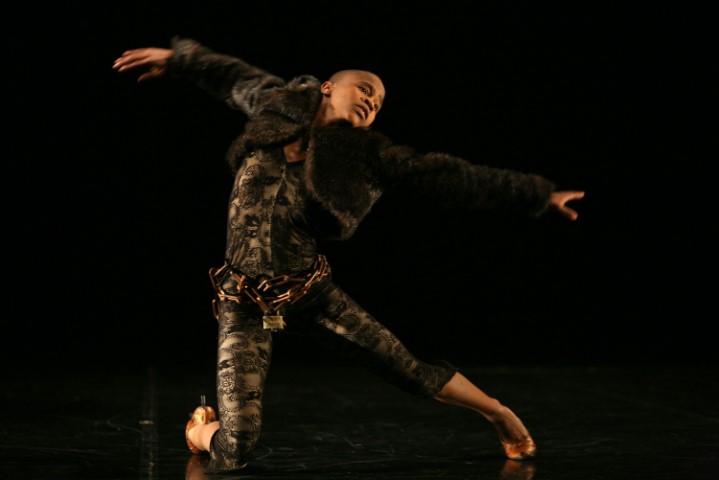
With her right hand outstretched forward, and her left hand intentionally pointing downwards, not in a haphazard fashion, but clearly controlled, eyes wide open but calm, her dance partner stretching out his hand from other right side, stopping short of touching her bold head, her tiny legs bend over with the left foot almost touching her left hand, this is definitely a photograph that will remain etched in the imagination of dance audiences whenever they remember what a beautiful dance Masilo was.
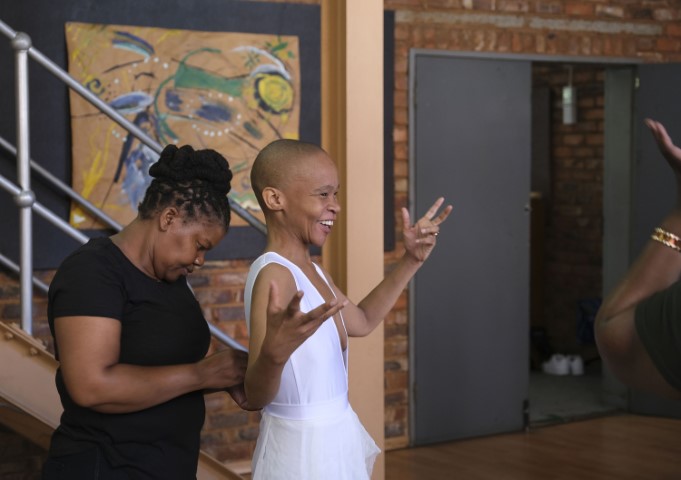
I first met the dancer when she won the Standard Young Artist Award at the Dance Factory in 2008, Newtown for an interview for a Sunday paper I was working for. I found her to be shy, and one had to almost force her to speak more about her career and the award she had just won. As I came to know her in later years, I understood she clearly was not a conversationalist. The place where she found safety and confidence was the dance floor. I cannot even begin to count how many times we bumped on each other over the years around Johannesburg -Mug &Bean Killarney Mall, the streets of Killarney, coffee shops in Rosebank, we never spoke to each other beyond a mandatory hi and how are you keeping. She appeared to be an introvert and I simply let her be instead of trying to get her in some sort of conversation.
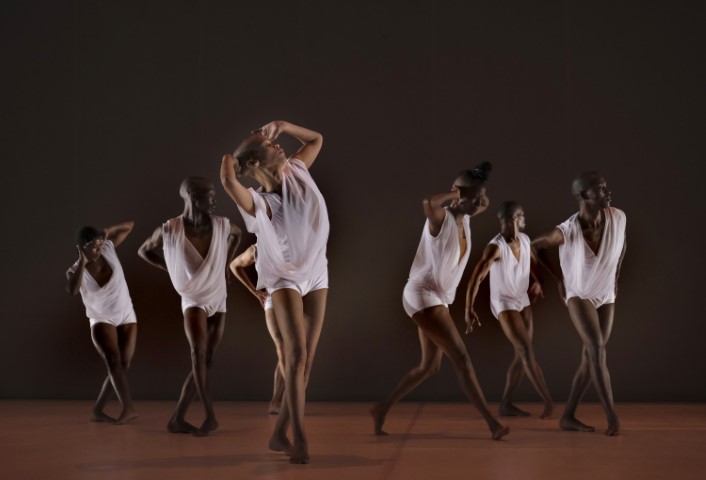
However, give her a dance floor, be it in South Africa, Belgium or any other top dancing destinations around the world, Masilo became alive and a conversationalist, using her body to communicate what perhaps she could not do so vocally. In her South Africa has indeed lost an iconic dancer from Soweto, who travelled the world and showcased South African contemporary dance talent to the world.
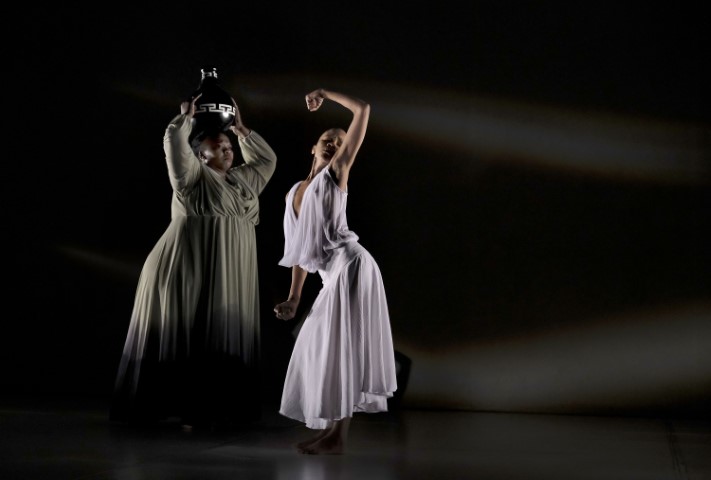
Masilo (1985-2024) the internationally respected Soweto-born dancer/choreographer, Dada Masilo tragically passed away on 29 December 2024 after a brief illness. She was 39.
The recipient of many local and global awards, including an Italian lifetime achievement award for classic and contemporary dance in September 2024 at the Premio Positano Léonide Massine for the Art of Dance, Masilo began her meteoric career at the Dance Factory in Newtown, Johannesburg in the 1990s.
Masilo went on to win other [prestigious awards in South Africa and from around the world. In 2006, Dada Masilo was recognised as the ‘Most Promising Female Dance in a Contemporary Style’ by the Gauteng Arts and Culture MEC Award judges, and in 2008, aged just 22, she was the recipient of the Standard Bank Young Artist Award for Dance among others.
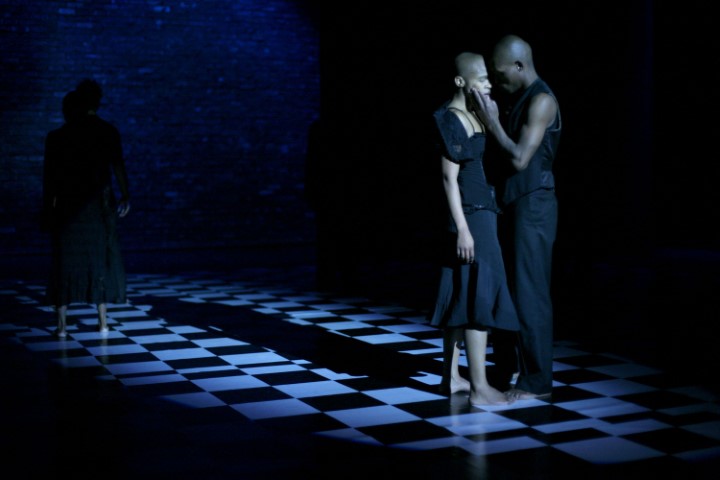
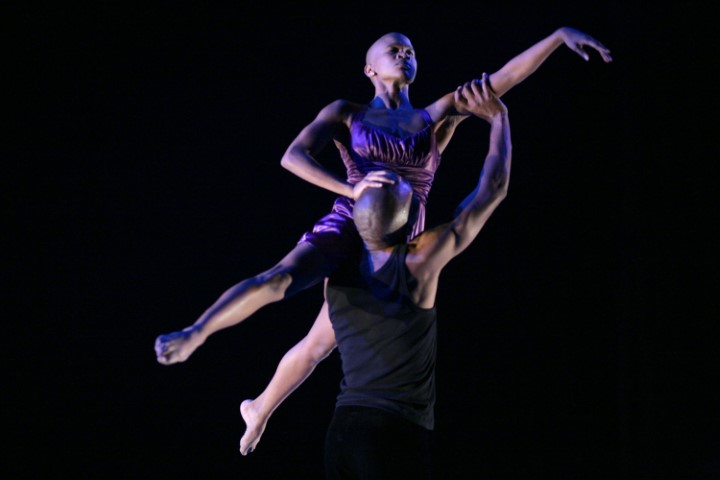
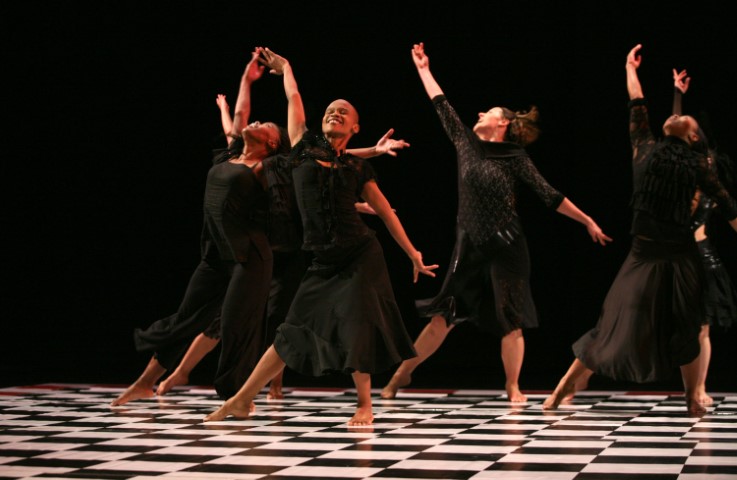
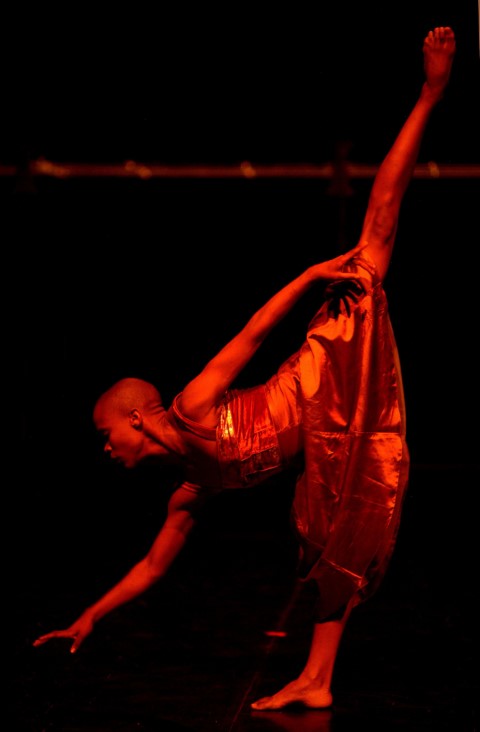
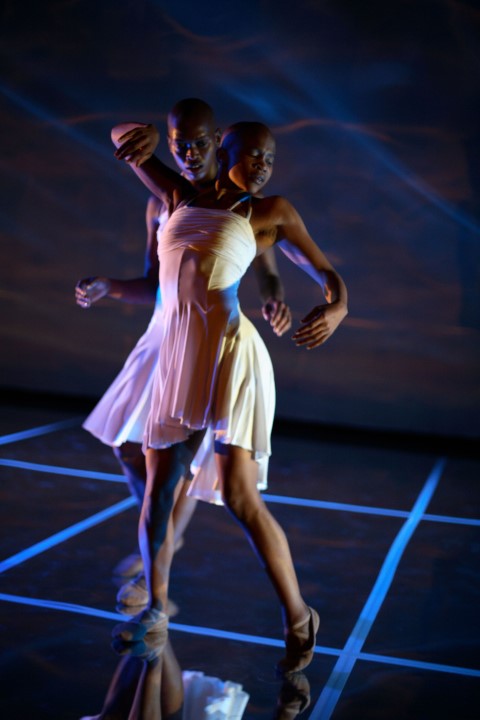
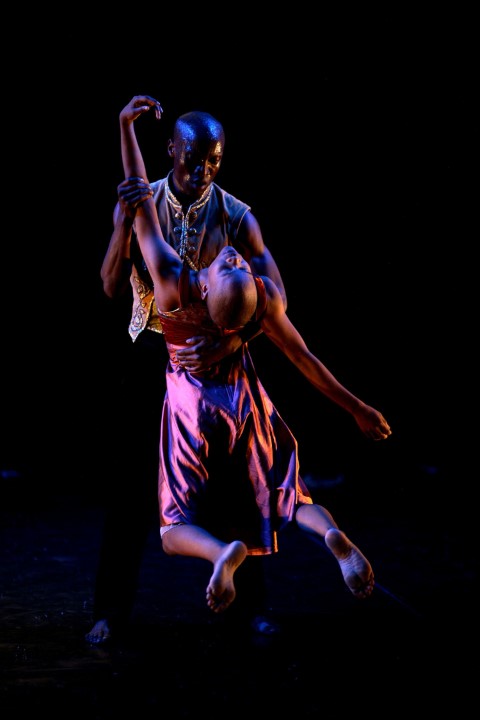
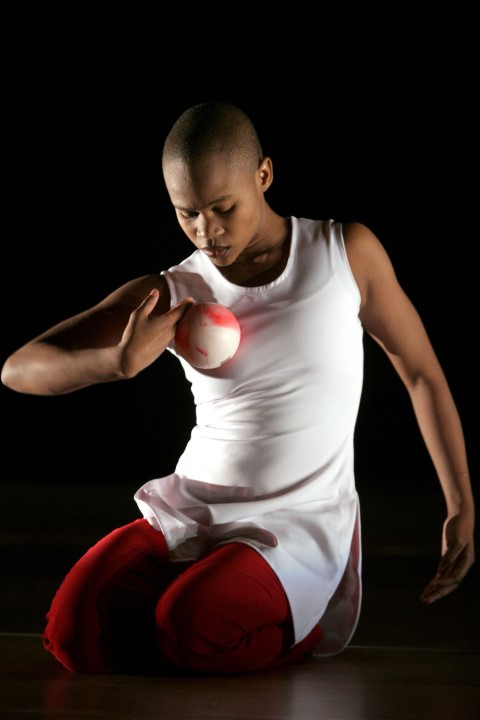
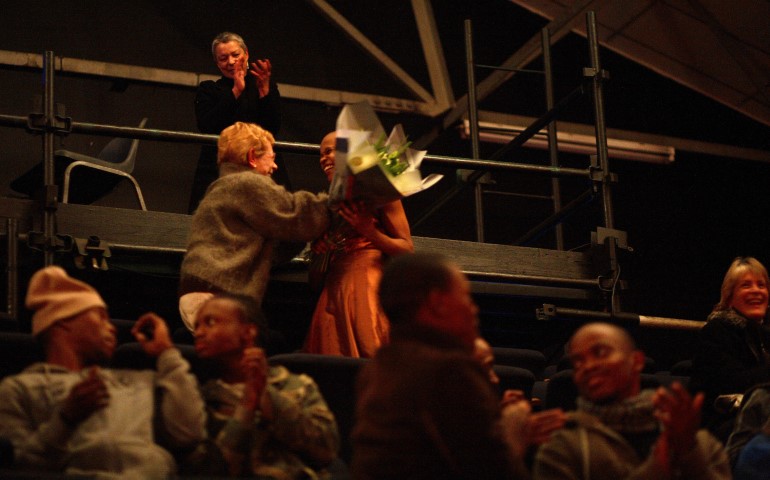
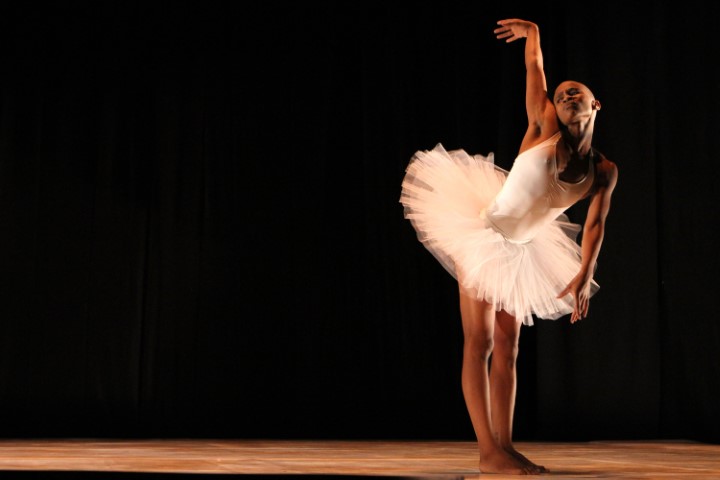
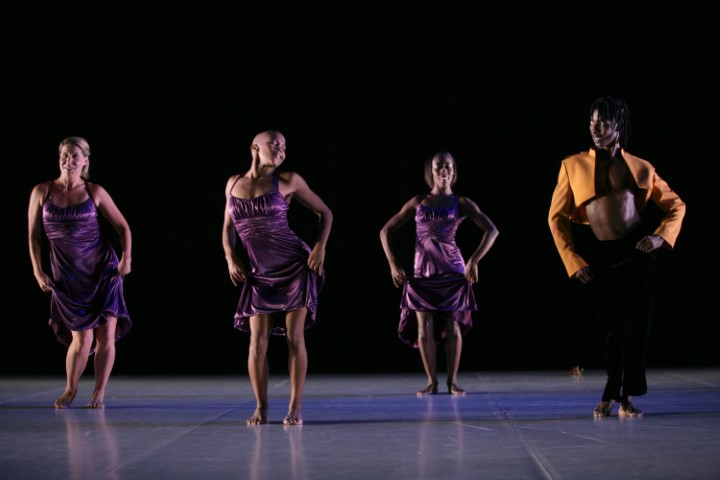
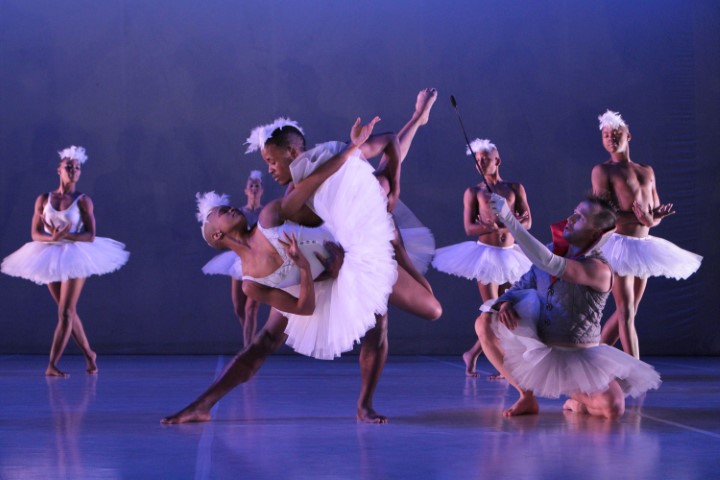
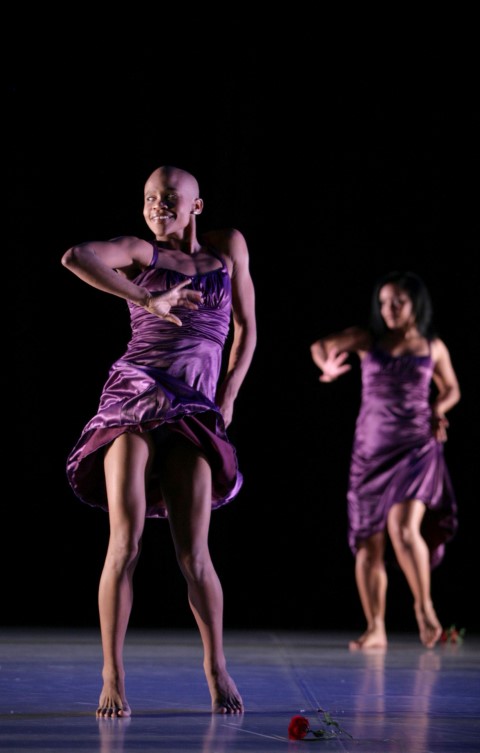
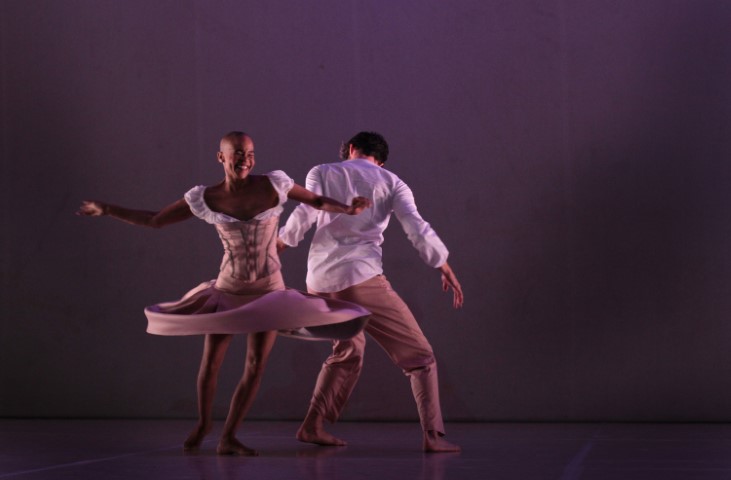
Pictures by John Hogg
Born on 21 February 1985, Masilo first came to the attention of the dance industry as an 11-year-old in 1996, when she was invited to dance for Queen Beatrix of the Netherlands. She was educated at the National School of the Arts in Braamfontein, matriculating in 2002. In 2003 she went on to train at Jazzart Dance Theatre under the tutelage of Alfred Hinkel in preparation for her training in performance at P.A.R.T.S. (Performing Arts Research and Training Studios) in Brussels, Belgium.
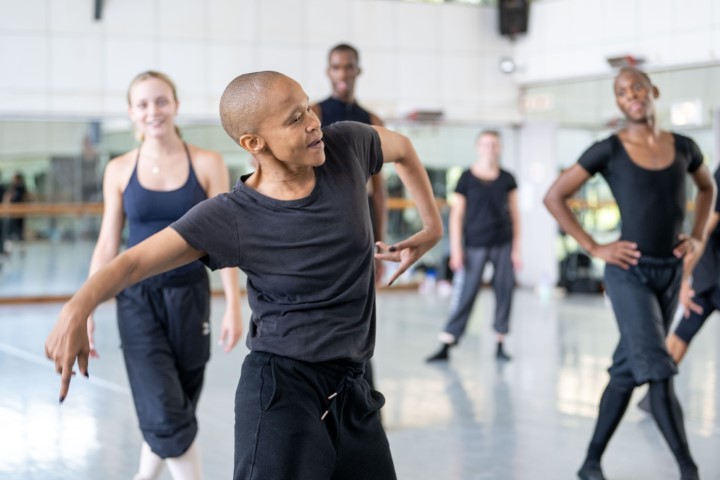
Dancing with various companies and in a solo capacity, Masilo was recognised for her unique presence onstage. In 2006 she was celebrated as the ‘Most Promising Female Dance in a Contemporary Style’ by the Gauteng Arts and Culture MEC Award judges, and in 2008, at just 22, she was the recipient of the Standard Bank Young Artist Award for Dance. The latter enabled her career, her personal confidence in her work and her audience awareness to take flight internationally. Masilo was an extraordinary dancer, who understood the value of proper balletic training.
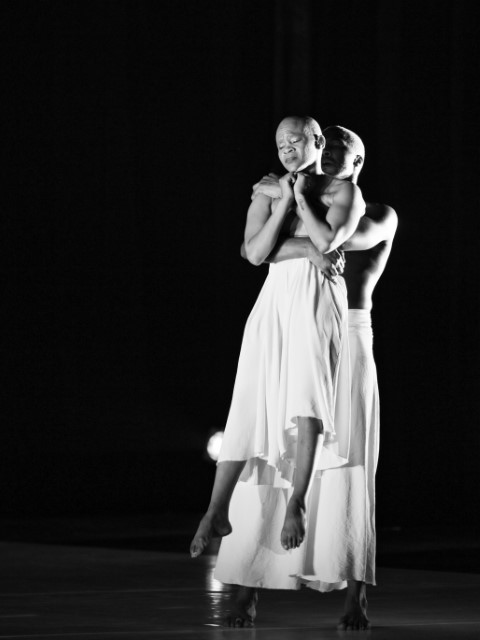
She was prolific in her work and bold in breaking rules. In 2016 her ‘Swan Lake’ was nominated for a Bessie Award in New York; a year later, her ‘Giselle’ won ‘Best Performance’ by the Italian Danza&Danza Award and in 2018 she won the Netherlands’ Prince Claus ‘Next Generation’ Award 2018.
During her brilliant career, she collaborated with the likes of William Kentridge, Ann Masina, Albert Silindokuhle Ibokwe Khoza, David April, PJ Sabbagha and Gregory Maqoma. Her work is distinguished by her fearlessness. She was known to take great ballet classics of the ilk of ‘Carmen’, ‘Hamlet’, ‘The Rite of Spring’ and ‘Romeo and Juliet’ and tease them apart, bringing in African dance motifs and a universal and powerful understanding of their lead women. Deeply respectful of European and contemporary music traditions, but unafraid to go bare on stage and voice her own opinions, she effectively changed the shape and appearance of contemporary dance in South Africa.
At the beginning of December 2024, she was acknowledged by the City of Joburg as one of 44 “artistic icons in the City of Gold” with a star embedded into the wall of Soweto Theatre. This award meant a lot to her. It was the most important acknowledgement of her career ‘at home’.
At the time of her unexpected passing, she was working on a new autobiographical solo piece about the loss of loved ones.
The memorial service for the late dancer has been scheduled for February by her family closer to her 40th birthday date, CITYLIFE/ARTS has been infomed by the family. “The family of the late dancer Dada Masilo are deeply thankful to the dance and creative communities as well as national and international media, for the love and support they have received since Dada’s untimely passing on 29 December 2024.
The family are still in mourning and appreciate privacy at this difficult time. They intend to host an official memorial to celebrate Dada’s life, closer to what would have been her 40th birthday, in February 2025,” said Dada’s sister Ntisiki Masilo in a statement.










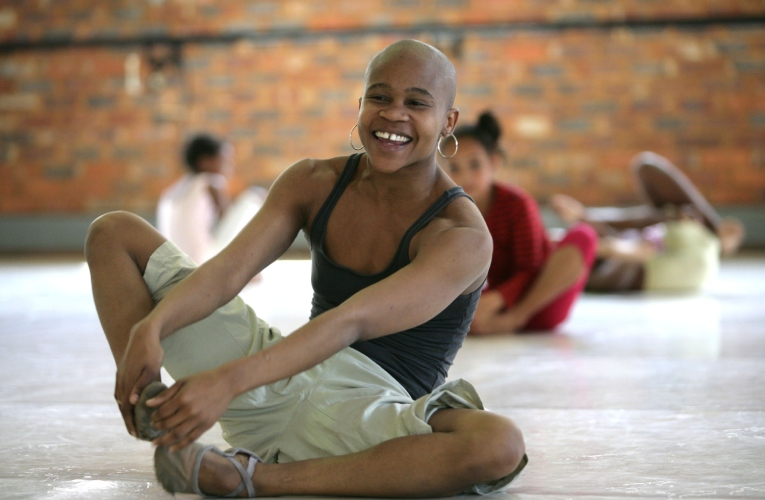
I also saw her often off stage yet don’t think I ever spoke to her either. When she died now, I realised that I didn’t know what her voice sounded like. Her passing is so sad.